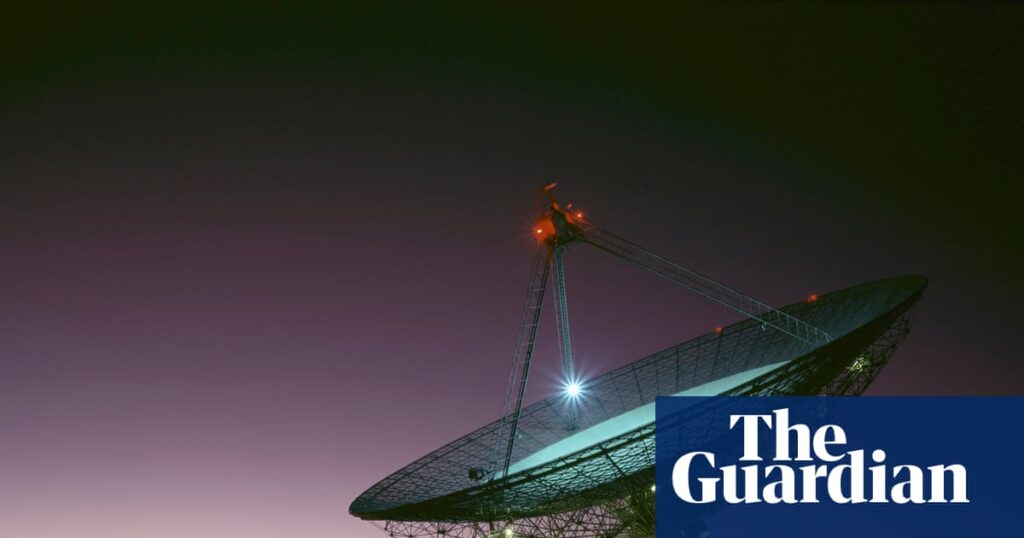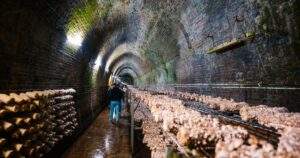
Australia’s national science and research agency, the Commonwealth Scientific and Industrial Research Organisation (CSIRO), is set to implement further cost-cutting measures in an attempt to address a significant budget shortfall. This move comes as the agency grapples with a long-term decline in funding, a situation that has raised concerns among scientists and policymakers alike.
According to a parliamentary library analysis commissioned by ACT senator David Pocock, the CSIRO’s funding as a percentage of GDP has been steadily decreasing, reaching its lowest point since 1978. The analysis, which adjusted for real figures using GDP, CPI, and population data, revealed a drop from 0.16% of GDP in 1978-79 to just 0.03% in 2024-25.
Historical Context and Current Challenges
Under the current Albanese government, the funding decline has persisted, following a brief increase to 0.05% in 2020-21 due to a Covid-19 funding boost from the Morrison government. Despite nominal funding figures remaining relatively stable, the adjusted figures indicate significant real cuts to the agency over nearly five decades.
Senator Pocock emphasized the critical role of the CSIRO, stating,
“The CSIRO’s value to our nation’s productivity, innovation, and overall wellbeing cannot be overstated.”
He urged successive governments to reinvest in the kind of research that once positioned Australia as a leading scientific nation.
Internal Adjustments and Expert Opinions
During a Senate estimates hearing, CSIRO Chief Executive Doug Hilton acknowledged that the agency’s budget allocation has not kept pace with the rising costs of conducting scientific research. He noted the need to upgrade aging infrastructure to maintain safe and cutting-edge facilities, adding,
“We do have some challenging sustainability issues as an organisation.”
The agency’s financial challenges became more pronounced following the expiration of a $454 million funding injection in October 2020. A recent budget statement indicated a $91 million reduction in employee expenses for 2025-26 compared to the previous year, leading to a 12.7% reduction in headcount since July 2024. This equates to approximately 818 jobs, with further cuts anticipated.
Strategic Restructuring
In September, research unit leaders gathered in Melbourne to discuss potential areas for consolidation and focus. Hilton communicated to staff that the CSIRO would need to exit some research areas to concentrate on fewer projects with greater impact.
“Although we don’t know the details yet, I want to be clear: we will need to exit some research and do fewer things better, more deeply and more impactfully,”
he stated in a pre-meeting email.
Government and Union Responses
Science Minister Tim Ayres countered claims that CSIRO funding had declined under Labor, acknowledging the difference between nominal and real funding. He emphasized the government’s substantial contributions and the expectation for the CSIRO to align its efforts with national science priorities.
The Community and Public Sector Union (CPSU) criticized the government for forcing the CSIRO into a position of austerity. Susan Tonks, the CPSU’s CSIRO spokesperson, highlighted the detrimental impact of funding shortfalls, stating,
“Funding shortfalls are forcing hundreds of scientists and their research out the door. We’ve already seen more than 700 jobs cut from CSIRO, and hundreds more are expected to go.”
Looking Forward
The debate over CSIRO funding underscores broader concerns about the future of scientific research in Australia. As global challenges such as climate change and technological innovation demand robust scientific responses, the need for a well-funded and empowered national research agency becomes increasingly critical.
Senator Pocock and others continue to call on the Albanese government to take decisive action to secure the future of science in Australia. The coming months will be crucial as stakeholders await potential policy shifts or funding reallocations that could shape the trajectory of Australia’s scientific endeavors.






